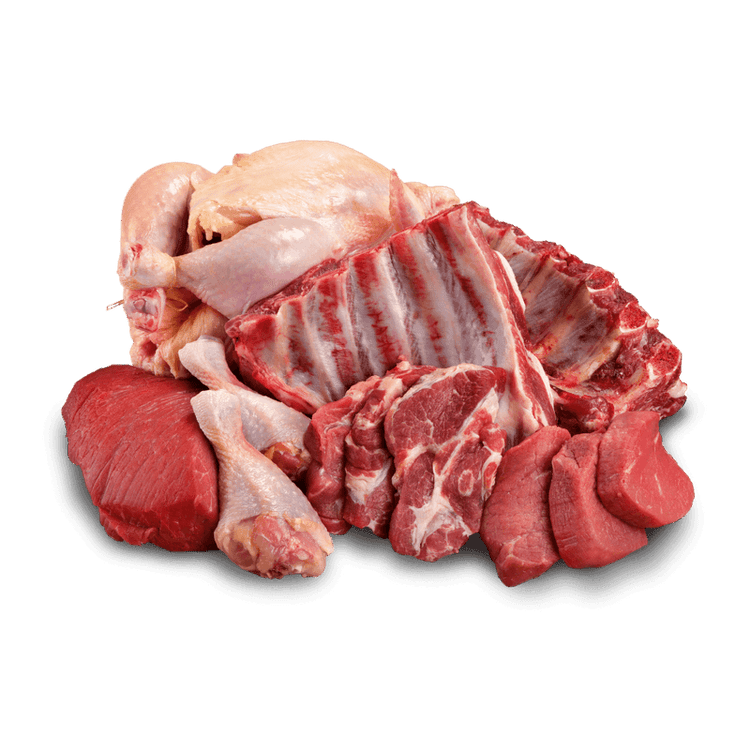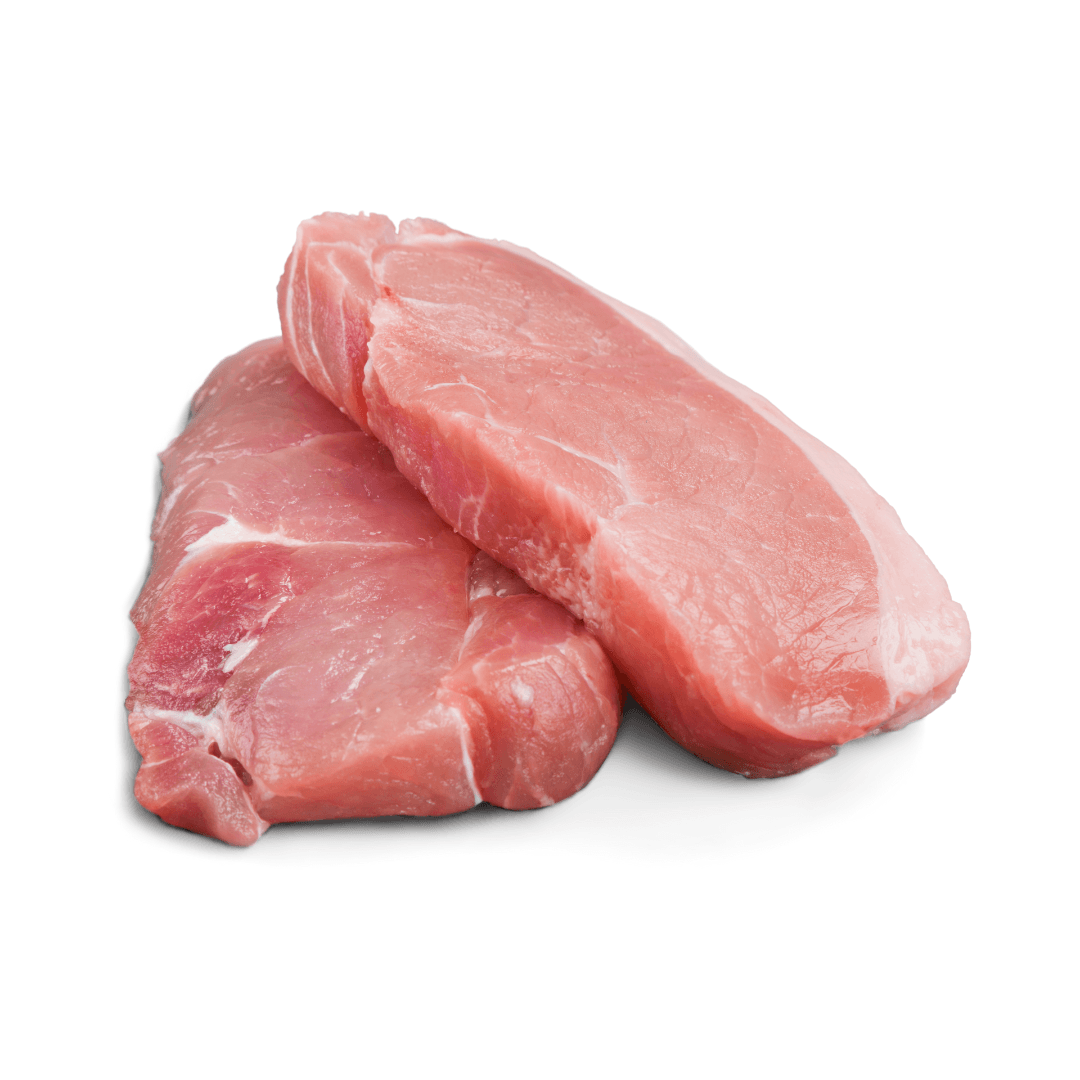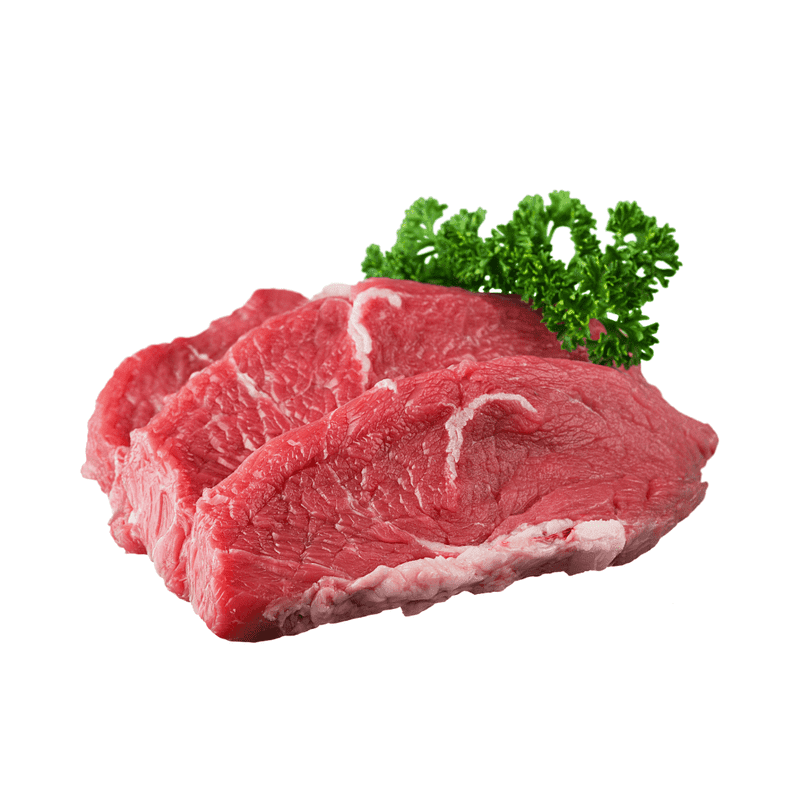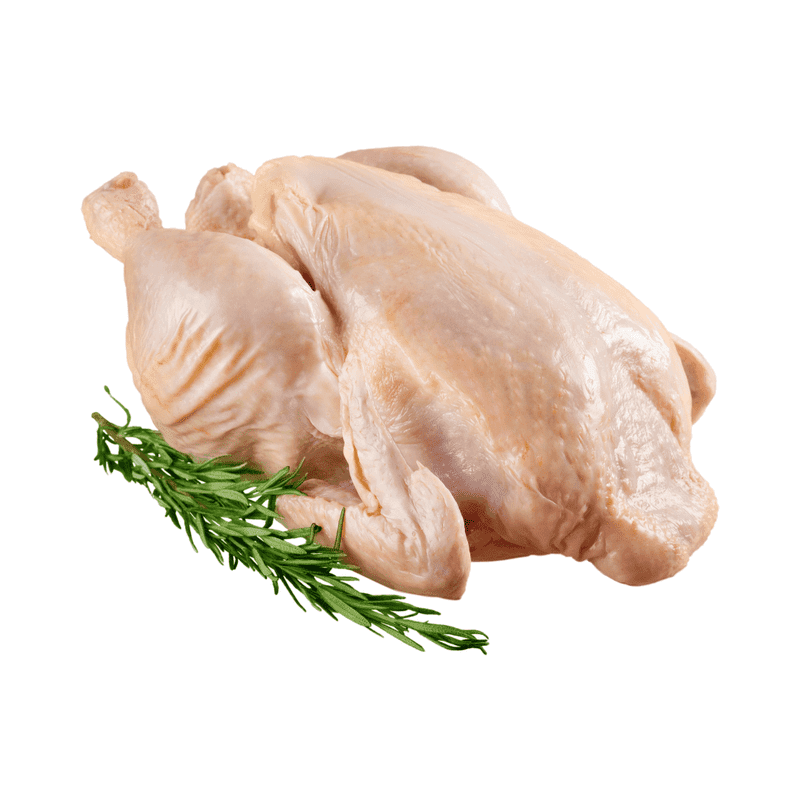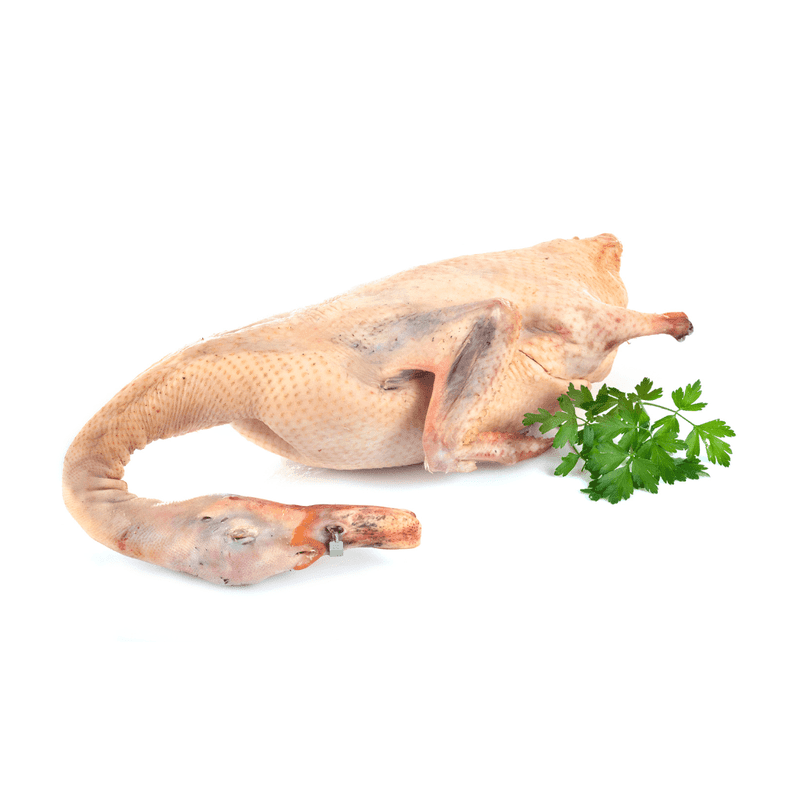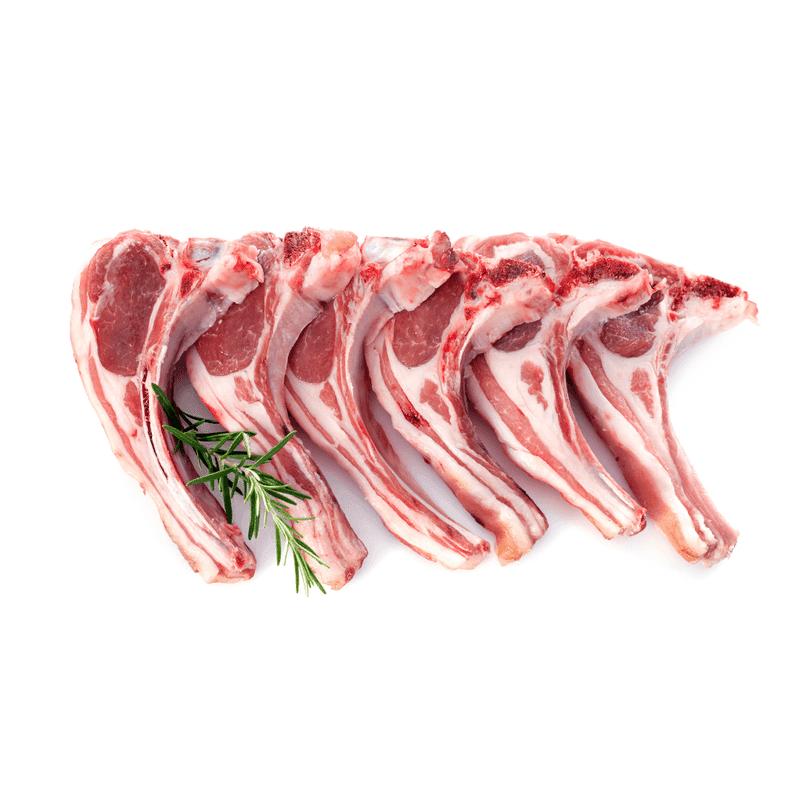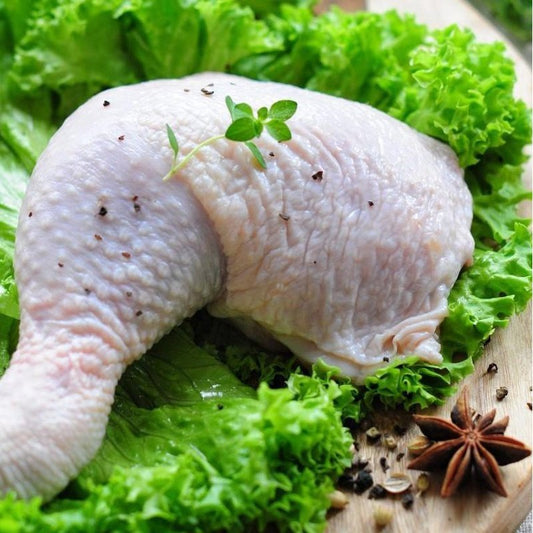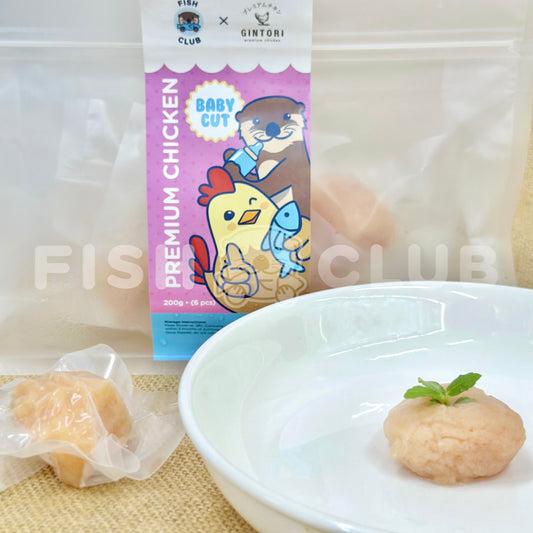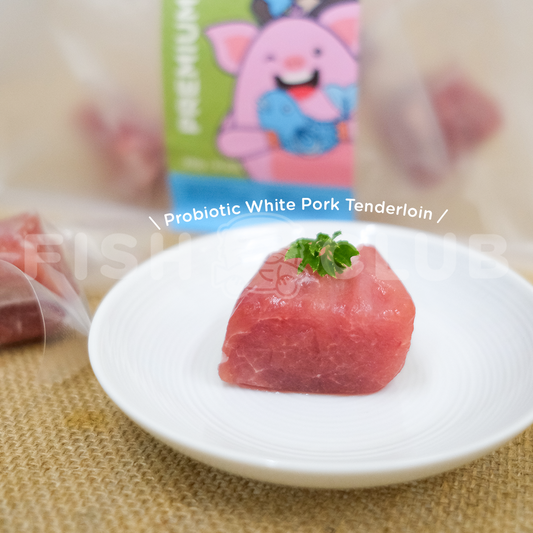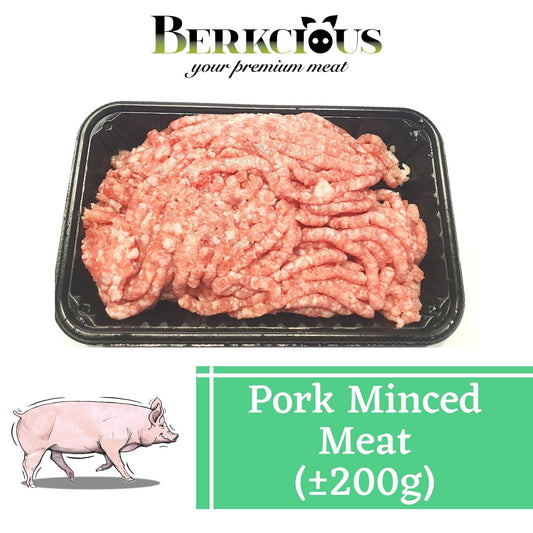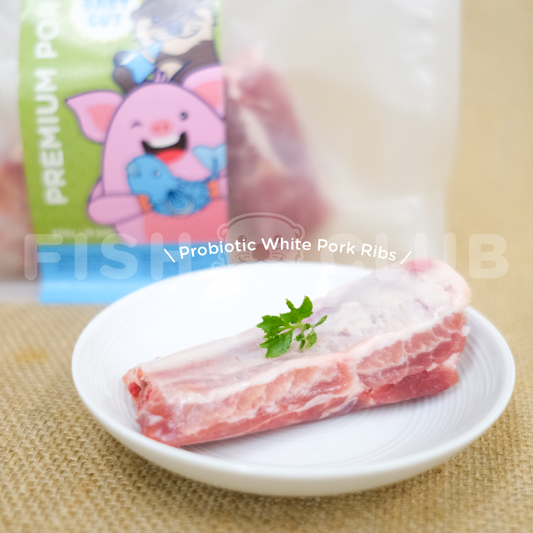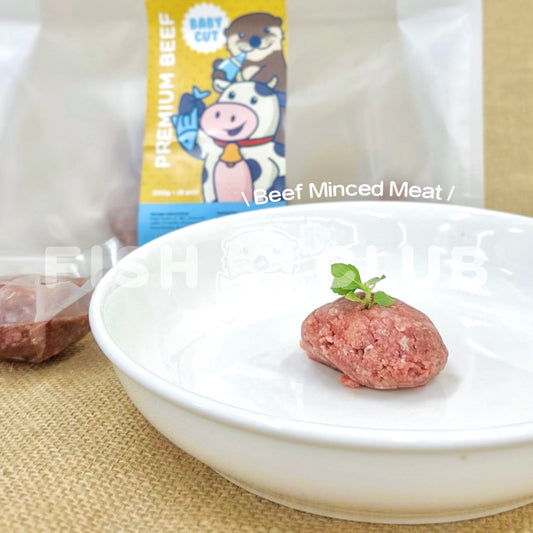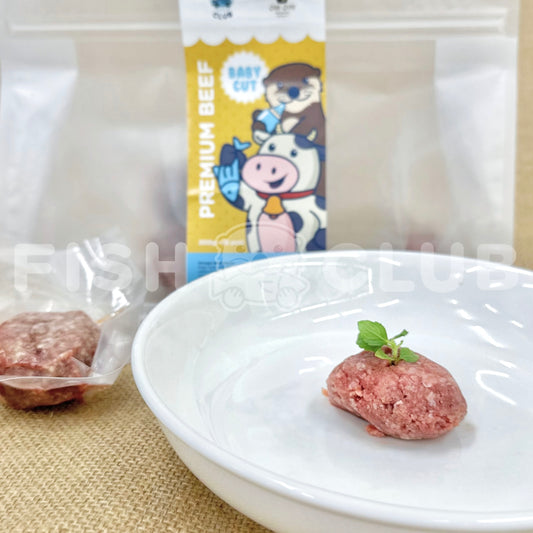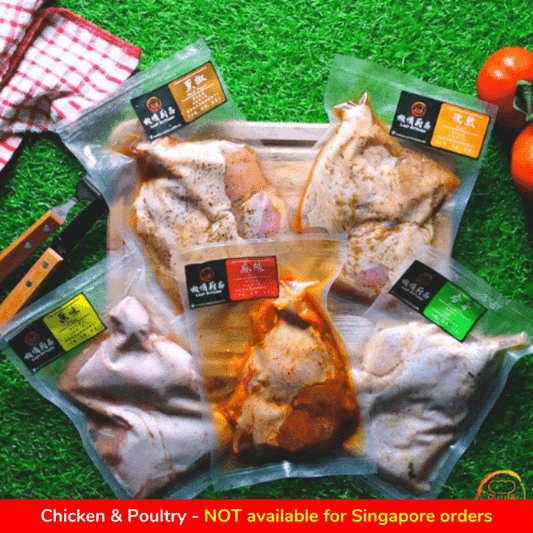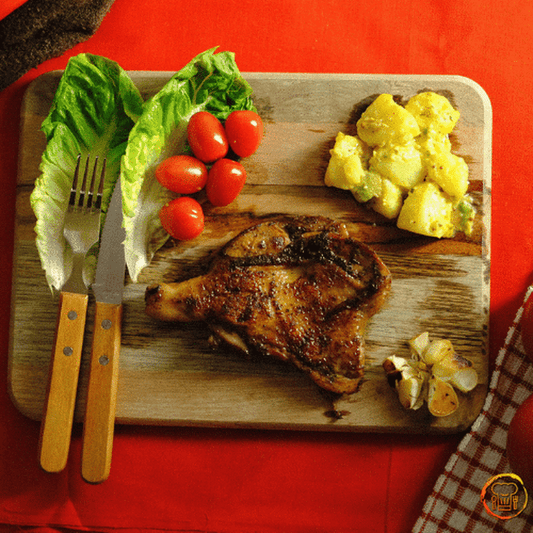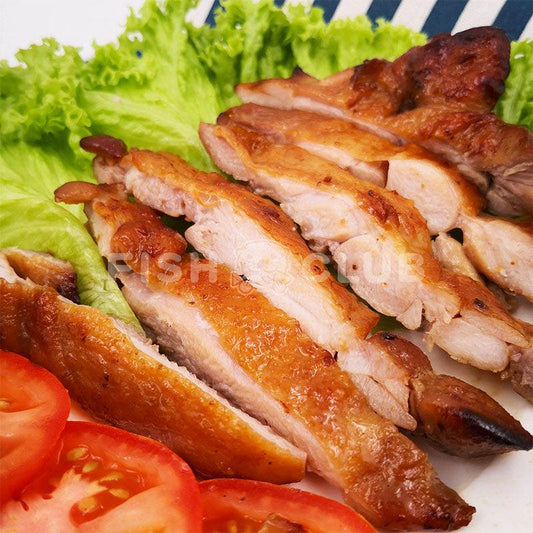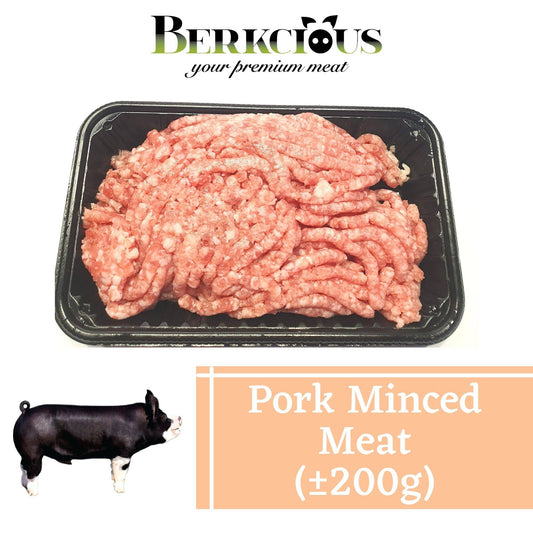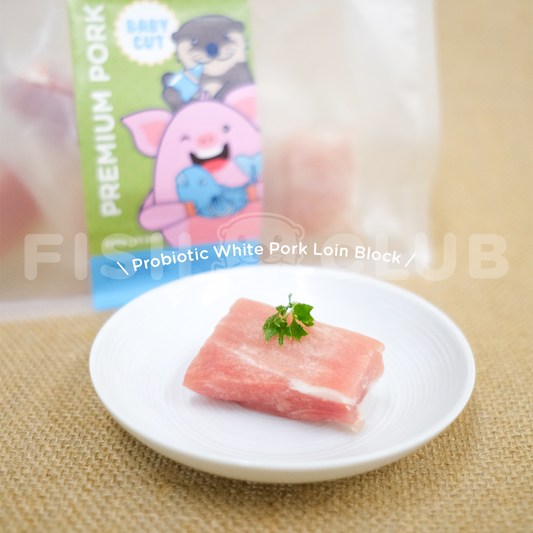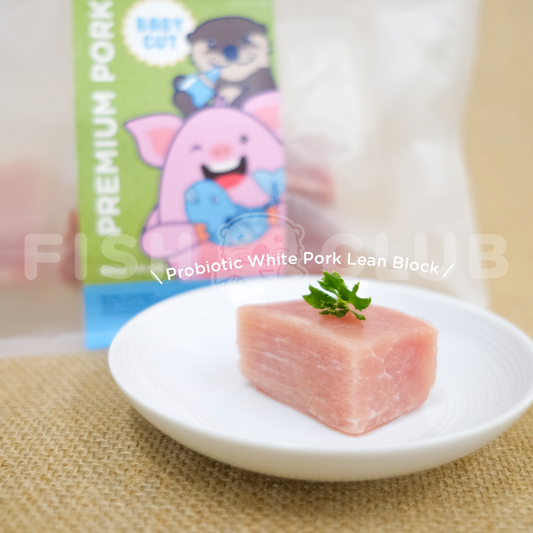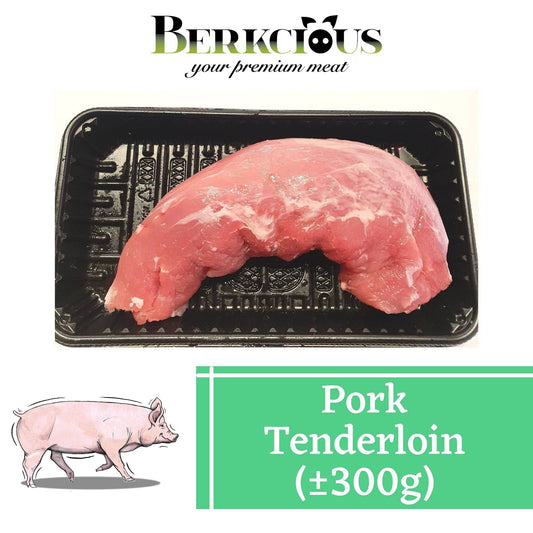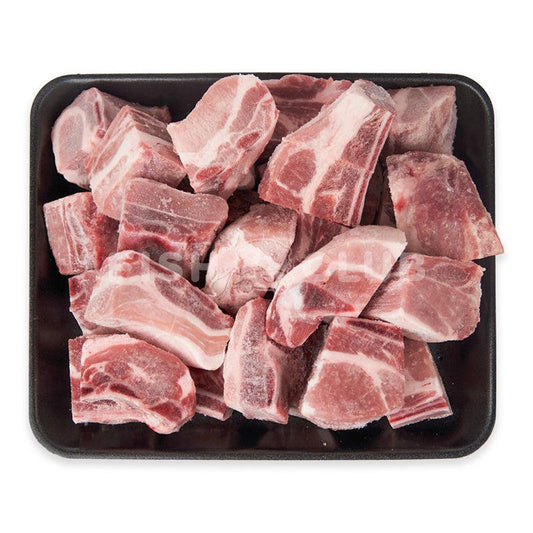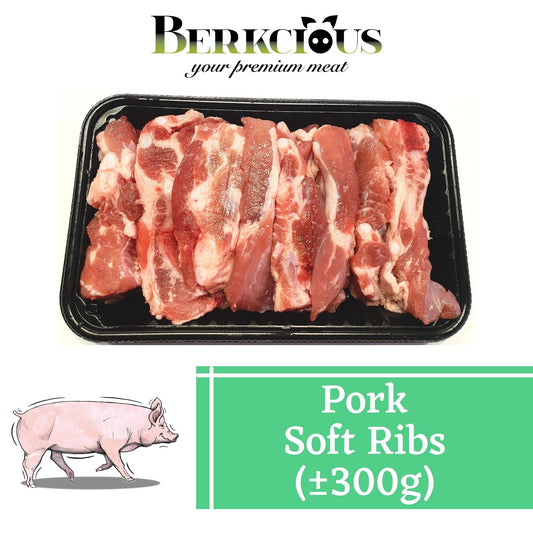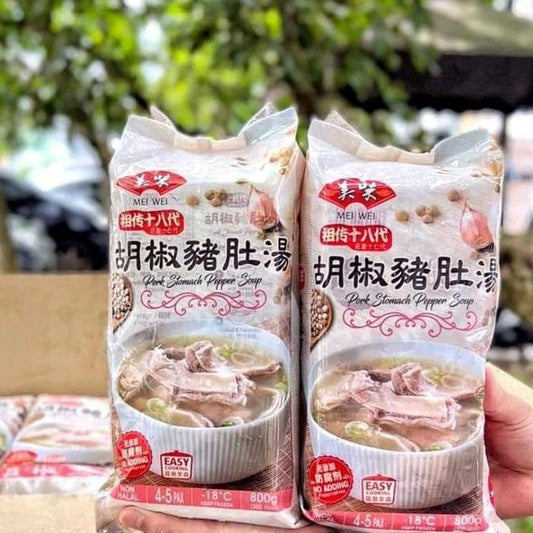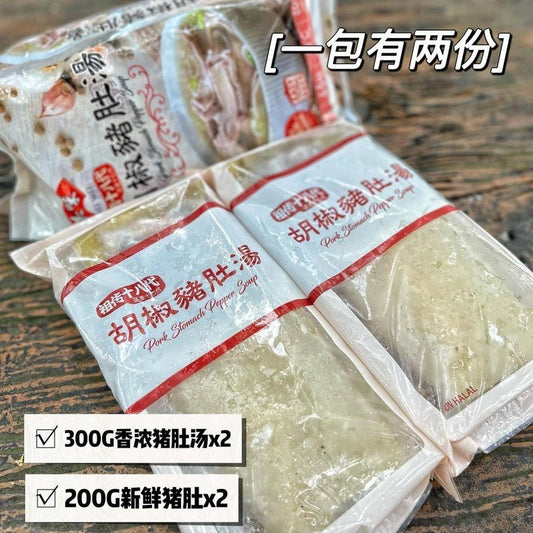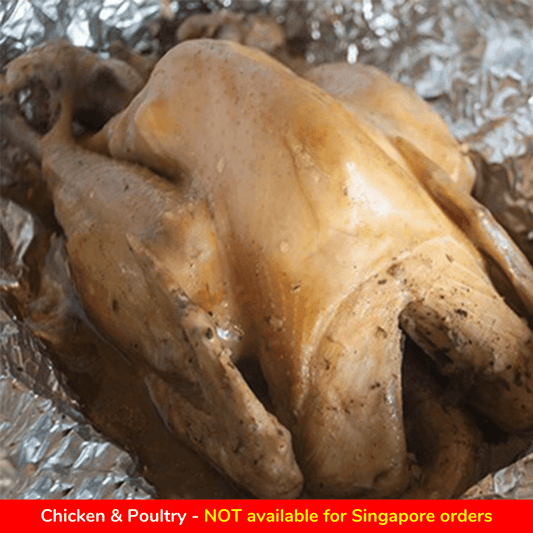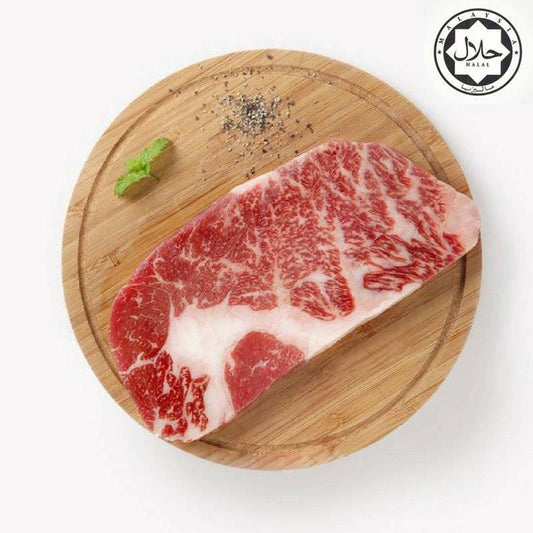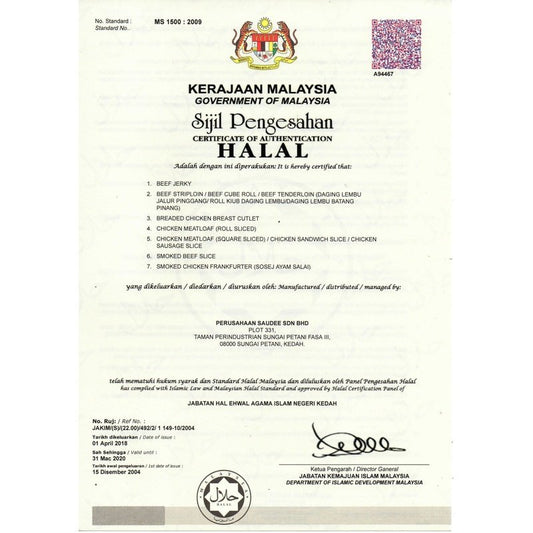Shop by Category
Shop All Meats
Fish Club offers a variety of cuts of fresh, high-quality fresh and frozen meats including pork, beef, chicken & poultry. Shop online today and and get your pork deliver to your doorstep.
-
Fish Club x Berkcious Probiotic White Pork Minced Meat (Baby Cut) - 200g (6pcs)
Vendor:BerkciousRegular price RM22.50Regular priceUnit price per -
Aqina Pineapple Chicken / 黄梨酵素鸡
Vendor:AqinaRegular price RM11.90Regular priceUnit price per -
Fish Club x Gintori Chicken Minced Meat (Baby Cut) - 200g (6pcs)
Vendor:GintoriRegular price RM14.90Regular priceUnit price per -
Fish Club x Berkcious Probiotic White Pork Tenderloin (Baby Cut) - 200g (6pcs)
Vendor:BerkciousRegular price RM26.50Regular priceUnit price per -
Berkcious Probiotic White Pork - Minced Meat / 益生白猪-肉碎 (200g)
Vendor:BerkciousRegular price RM11.50Regular priceUnit price per -
Fish Club x Berkcious Probiotic White Pork Ribs (Baby Cut) - 300g (6pcs)
Vendor:BerkciousRegular price RM43.50Regular priceUnit price per -
Fish Club x Gingyu Beef Minced Meat (Baby Cut) - 200g (6pcs)
Vendor:GingyuRegular price RM22.90Regular priceUnit price per -
Lazy Kitchen Marinated Chicken Chop (9 Flavours) / 懒惰厨房腌制鸡扒(9种口味)
Vendor:Lazy KitchenRegular price RM12.90Regular priceUnit price per -
Baba Nyonya Chicken Chop (5 Flavours) / 小娘惹鸡扒(5种口味)
Vendor:Baba NyonyaRegular price RM11.50Regular priceUnit price per -
Fish Club x Gintori Chicken Fillet Slice (Baby Cut) - 200g (6pcs)
Vendor:GintoriRegular price RM14.90Regular priceUnit price per -
Berkcious Free Range Black Pork - Minced Meat / 放养黑猪-肉碎 (200g)
Vendor:BerkciousRegular price RM14.90Regular priceUnit price per -
Fish Club x Gintori Chicken Fillet Block (Baby Cut) - 200g (6pcs)
Vendor:GintoriRegular price RM14.90Regular priceUnit price per -
Fish Club x Berkcious Probiotic White Pork Loin Block (Baby Cut) - 200g (6pcs)
Vendor:BerkciousRegular price RM23.50Regular priceUnit price per -
Berkcious Probiotic White Pork - Soup Bone / 益生白猪-汤骨 (300g)
Vendor:BerkciousRegular price RM17.90Regular priceUnit price per -
Fish Club x Berkcious Probiotic White Pork Lean Block (Baby Cut) - 200g (6pcs)
Vendor:BerkciousRegular price RM22.50Regular priceUnit price per -
Lazy Kitchen Zero Sugar Chicken Breast (4 Flavours) / 懒惰厨房低脂鸡胸(4种口味)
Vendor:Lazy KitchenRegular price RM10.90Regular priceUnit price per -
Berkcious Probiotic White Pork - Tenderloin / 益生白猪-梅肉 (300g)
Vendor:BerkciousRegular price RM26.90Regular priceUnit price per -
Fish Club x Gingyu Beef Slice (Baby Cut) - 200g (6pcs)
Vendor:GingyuRegular price RM27.90Regular priceUnit price per -
Pork Ribs / 精选排骨 - 500g
Vendor:CNHRegular price RM25.50Regular priceUnit price per -
Berkcious Probiotic White Pork - Soft Ribs / 益生白猪-软骨 (300g)
Vendor:BerkciousRegular price RM23.90Regular priceUnit price per -
Fish Club x Gintori Chicken Small Cubes (Baby Cut) - 200g (6pcs)
Vendor:GintoriRegular price RM14.90Regular priceUnit price per -
MW Pork Stomach Pepper Soup / 美味胡椒猪肚汤 - 1kg
Vendor:MWRegular price RM22.90Regular priceUnit price per -
Hometown Salt Grilled Kampung Chicken (Whole) / 盐味香烤甘榜鸡(全)
Vendor:HometownRegular price RM31.90Regular priceUnit price per -
Meltique Beef / 澳洲霜降牛排
Vendor:Fish ClubRegular price RM87.50Regular priceUnit price perRM79.90Sale price RM87.50
Storing and Handling Meat, Chicken & Poultry
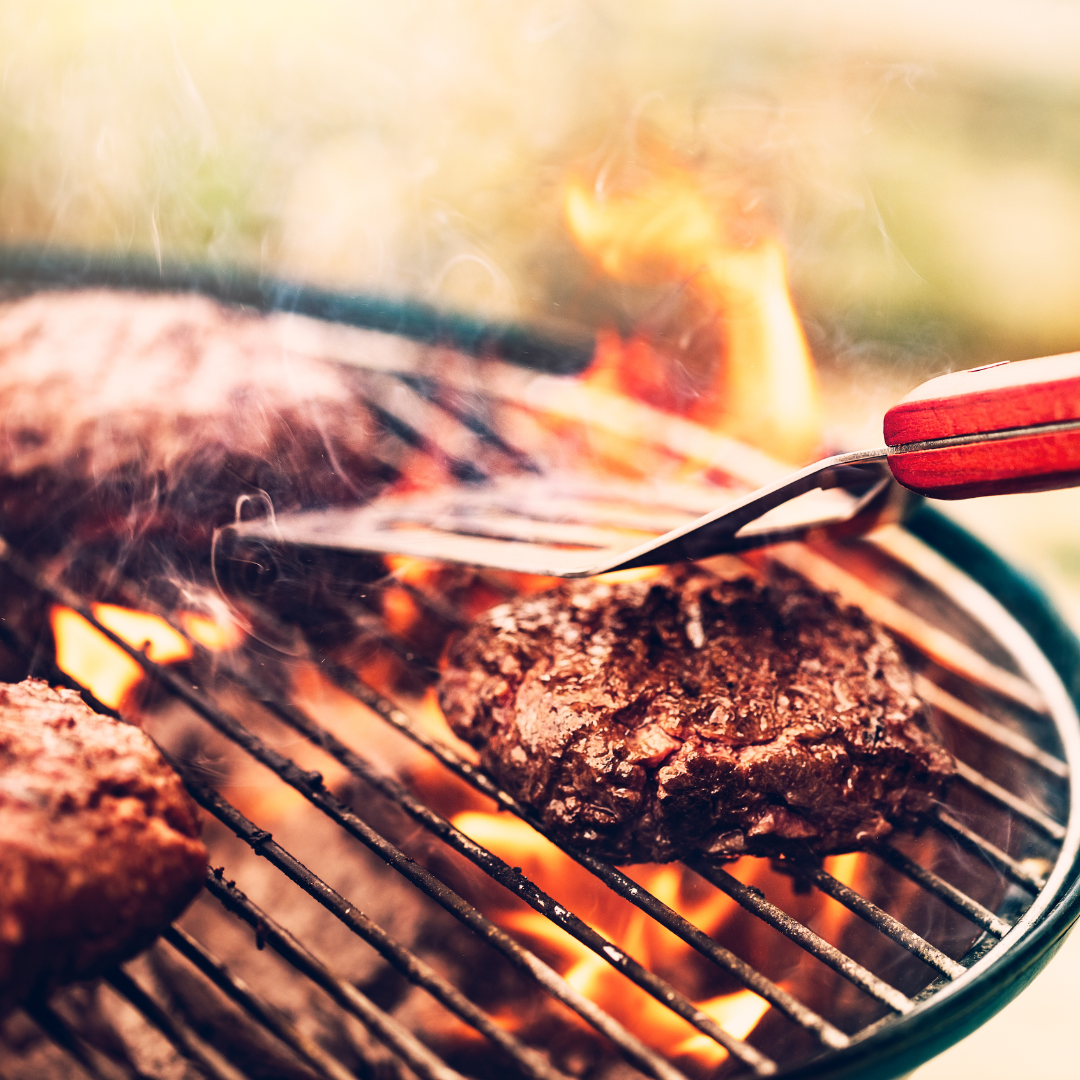
Handling meat
Wash your hands frequently when preparing any type of meat, fish, or poultry. Bacteria can quickly spread between your hands and meat. Always wash your hands with soap and water for at least 20 seconds before and after handling meat, whether it’s raw or cooked.
Because bacteria can spread easily, prepare the meat on a surface that’s separate from all other cooking materials. Keep vegetables and other ingredients away from meat, especially if you aren’t cooking them together in the same dish.
Try to use separate cutting boards, clean all cooking utensils after they touch raw meat, and use different utensils to serve food after you’ve prepared it.
Storing meat
Uncured, raw meat generally lasts safely for around three days in the refrigerator. If you plan to keep uncooked meat longer, freezing it is your best bet. Seal the meat in an airtight package before freezing. Then, it can usually be frozen for at least several months.
Safe freezing and refrigeration time also depends on the storage temperature. Keep your freezer as close to 0°F (-17.8°C) as possible. This helps retain nutrients and keep food fresh. Keep your refrigerator at around 34°F (1.1°C), just above freezing, to effectively prolong the shelf life of foods.
Cooking temperature and food safety
Cooking temperature affects both the taste and safety of food.
The rare to well-done spectrum refers to the temperature at the center of the meat, which is best checked using a meat thermometer. These can be found at kitchen supply stores and in most grocery stores. Typical cooking temperatures are:
rare: 120–125°F (48.9–51.7°C)medium: 140–145°F (60–62.8°C)well-done: 165°F (73.9°C) or higher
From a safety perspective, hotter temperatures at the center of the meat are safer. However, safe cooking temperatures vary for different types of meat.
Safe cooking temperatures for different meats are:
Poultry: 165°F (73.9°C) for whole or ground poultry. Poultry should never be eaten rare. Undercooked poultry can spread salmonella and other diseases. You should always cook it thoroughly.
Ground meats: 160°F (71.1°C) for ground meats such as beef, pork, and lamb. While whole cuts of meat typically have most bacteria on their surfaces, ground meats may have bacteria mixed throughout. Therefore, they must be cooked to a higher temperature than whole cuts of meat.
Whole meat: 145°F (62.8°C), and the meat should be allowed to rest for at least three minutes before eating. The resting time gives the heat more time to kill any bacteria.
Pork should always be cooked to at least the high end of medium because it can carry potentially dangerous worms and parasites.Beef has a wider safety range, but lovers of rare meat are safer sticking to steaks, roasts, and chops.
Fin fish: 145°F (62.8°C) or until the flesh is opaque and separates easily.

